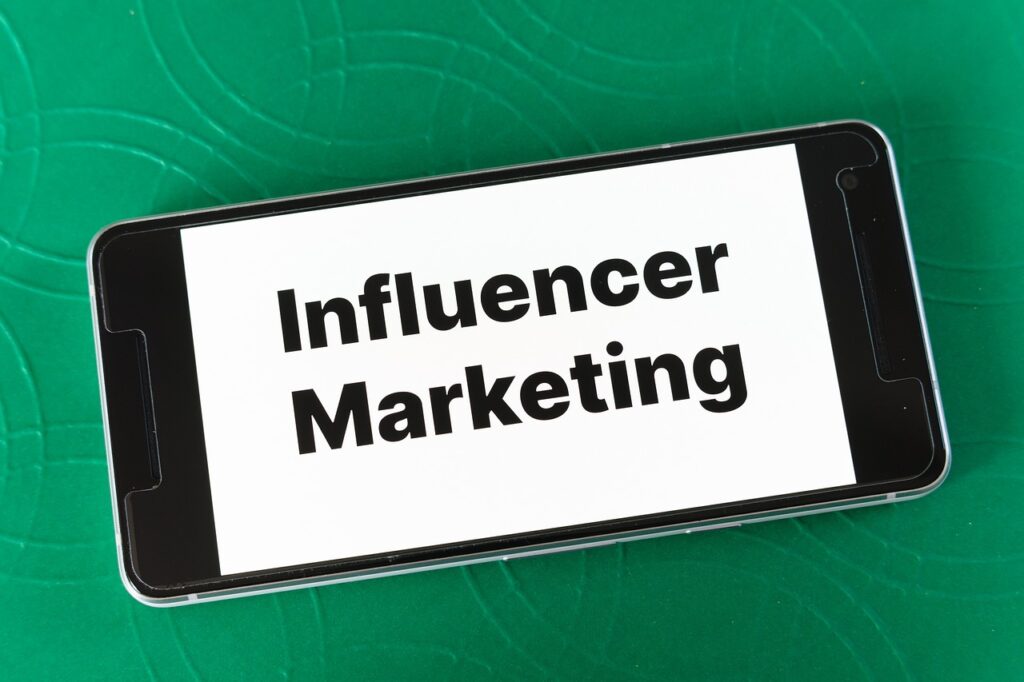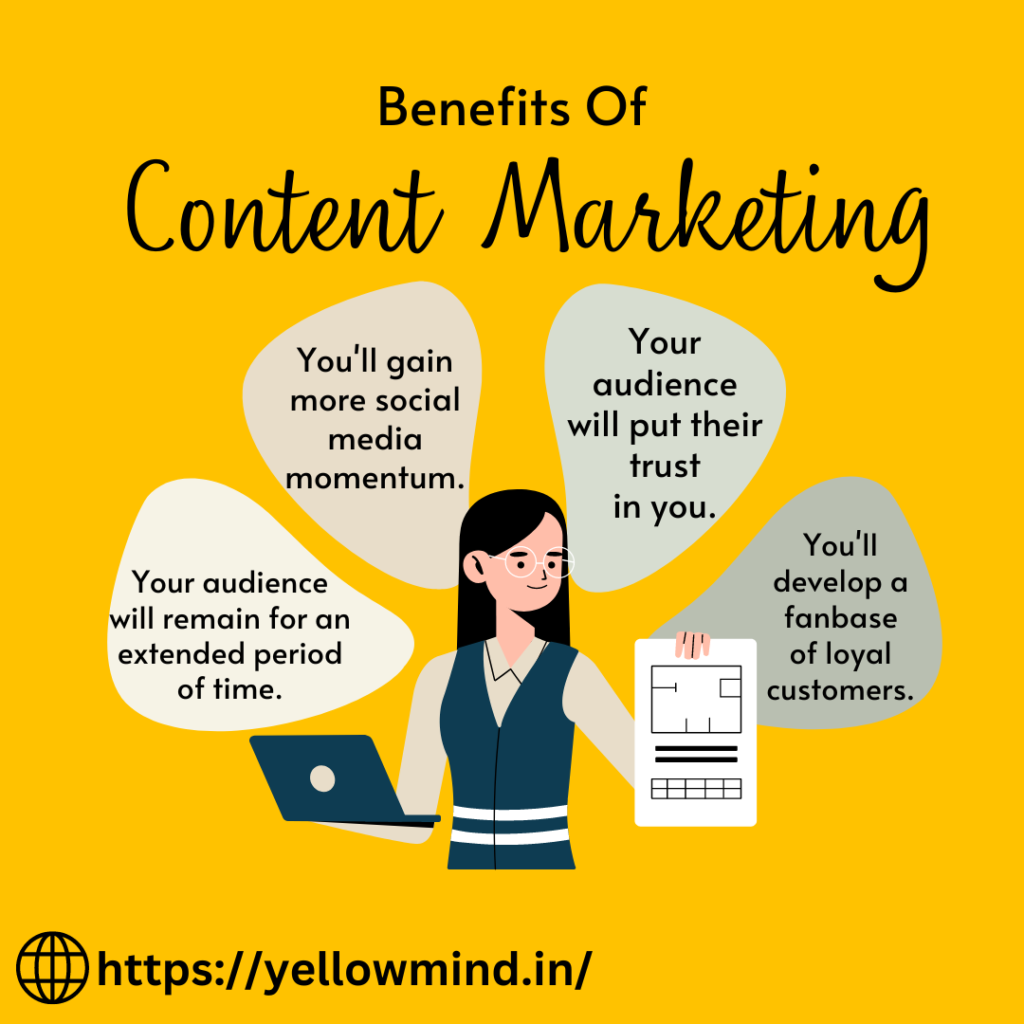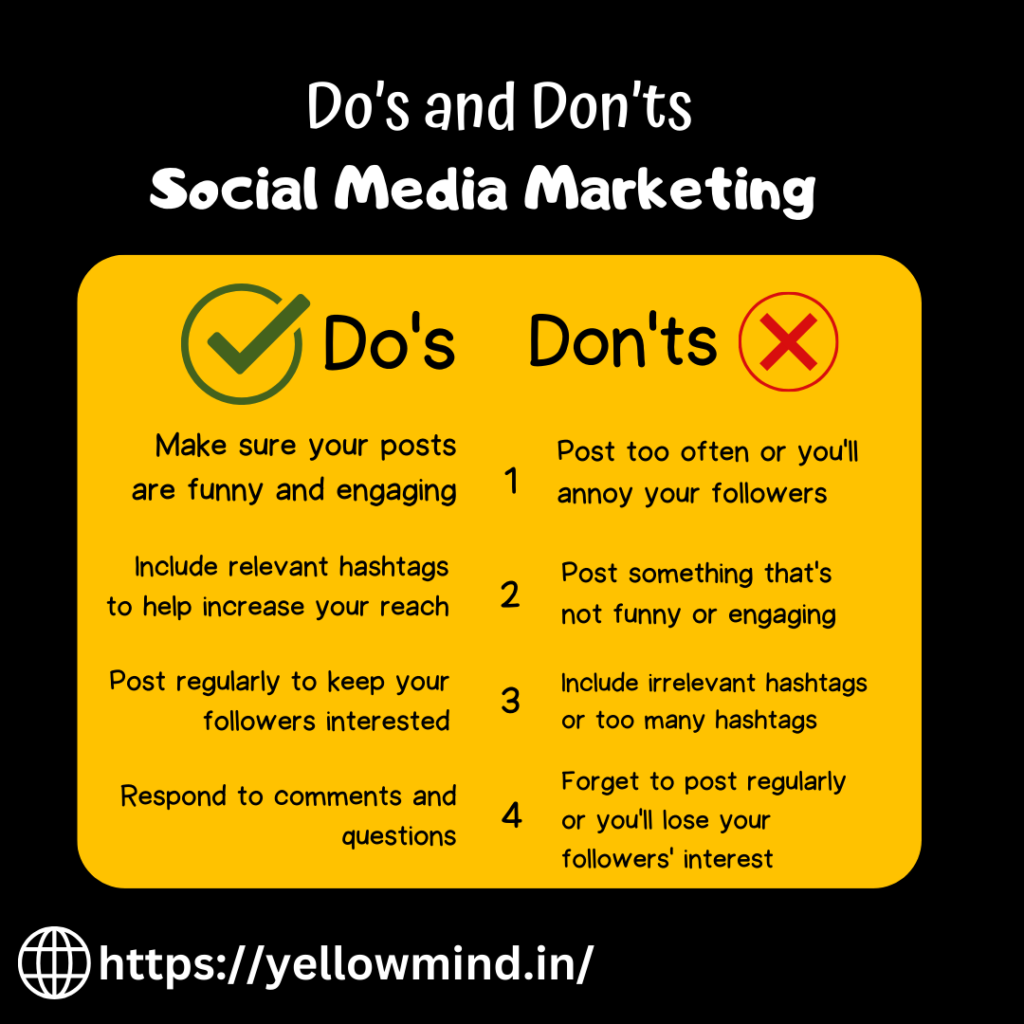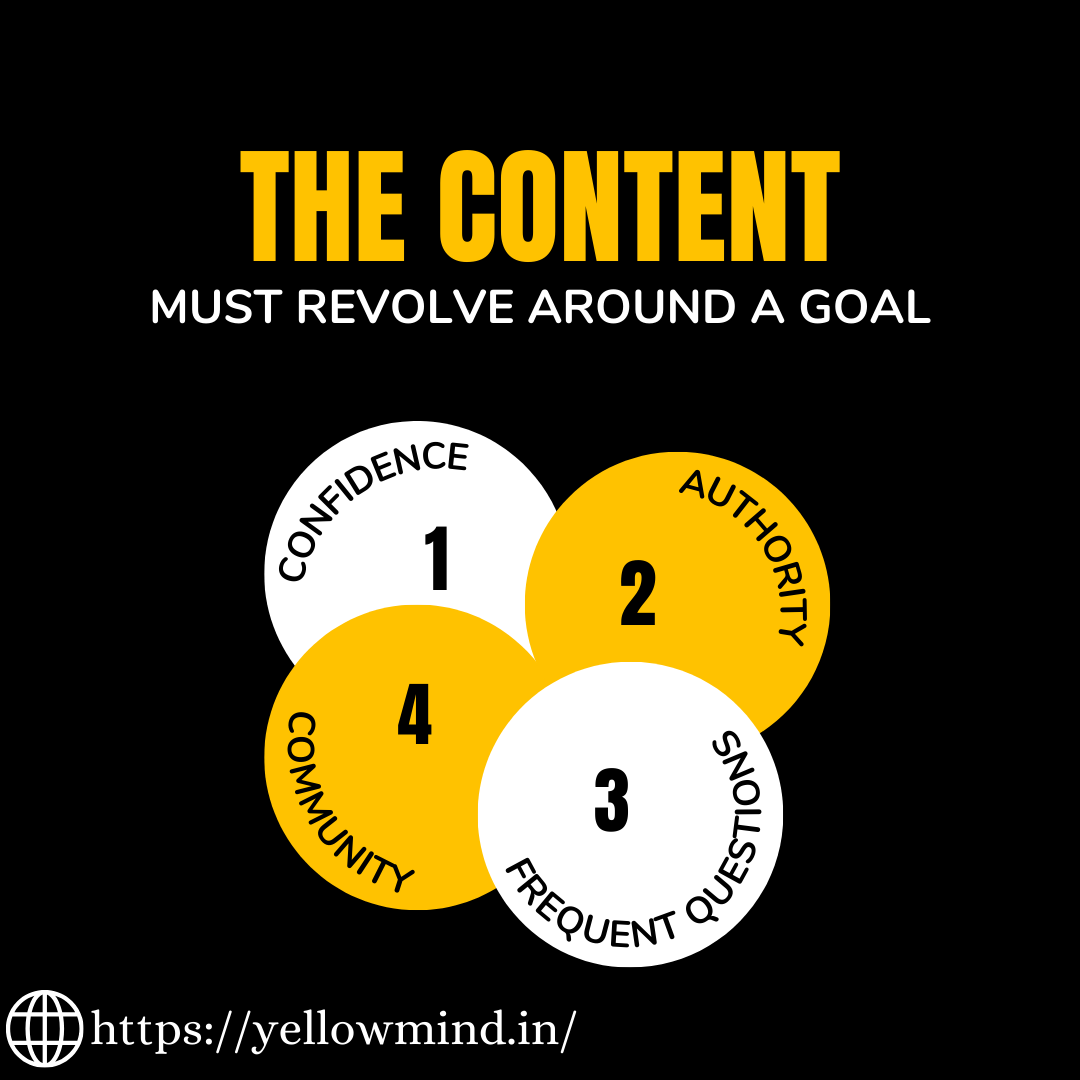
HOW IS MARKETING ON INSTAGRAM DONE?
1. Create an Instagram Business Account: set up an Instagram Business Account. This gives you access to business tools and analytics that can help you track your performance.
2.Define Your Audience: Clearly define your target audience. Understand their demographics, interests, and behaviors. This will help you create content that resonates with them.
3.Optimize Your Profile: Your Instagram profile should be attractive and informative. Use a recognizable profile picture (e.g., your logo) and write a compelling bio that tells visitors what your business is about.
4.Content Strategy: Develop a content strategy that includes a mix of photos, videos, stories, and reels. Your content should be visually appealing, high-quality, and aligned with your brand’s identity.
5.Use Hashtags: Incorporate relevant hashtags in your posts. Research popular and niche-specific hashtags to increase the discoverability of your content. Instagram allows up to 30 hashtags per post, but it’s best to use a mix of popular and less competitive ones.
6.Engage with Your Audience: Respond to comments, and direct messages, and engage with your followers. Building a community and fostering relationships with your audience can lead to brand loyalty.
7.Instagram Stories and Reels: Stories and Reels are highly engaging formats. Use them to showcase behind-the-scenes content, promotions, tutorials, and more.
8.Collaborations and Influencer Marketing: Partner with influencers in your niche to reach a wider audience. Make sure the influencers you choose align with your brand values.
9.Analytics and Insights: Use Instagram Insights to track the performance of your posts and campaigns. Pay attention to metrics like engagement rate, reach, and impressions to gauge the effectiveness of your efforts.
10.Consistency and Timing: Post regularly and at optimal times when your target audience is most active. Consistency helps maintain and grow your following.
11.User-Generated Content (UGC): Encourage your customers to create and share content related to your brand. Reposting UGC can build trust and authenticity.
12.Run Contests and Giveaways: Contests and giveaways can help boost engagement and grow your follower count. Make sure to follow Instagram’s guidelines when conducting such campaigns.
13.Track Your ROI: Monitor the return on investment (ROI) for your Instagram marketing efforts. Calculate the revenue generated compared to the costs of your campaigns.
14.Stay Updated: Instagram is constantly evolving. Stay updated with the latest features and trends to keep your strategy fresh and effective.
Remember that Instagram marketing is not a one-size-fits-all approach. Your strategy should be tailored to your specific business, audience, and goals. Regularly assess your performance, adapt your tactics, and refine your strategy to achieve the best results.

HOW IS MARKETING ON INSTAGRAM RELATED TO INFLUENCERS?
Marketing on Instagram and influencers are closely related, as influencers play a significant role in many businesses’ Instagram marketing strategies . Here’s how marketing on Instagram is related to influencers:
Influencer Partnerships: Many businesses collaborate with Instagram influencers to promote their products or services. These influencers have a substantial following, and their followers trust their recommendations. By partnering with influencers, businesses can reach a larger and more engaged audience.
Authenticity: Influencers often create authentic and relatable content that resonates with their followers. When they promote a product or service, it can come across as a genuine recommendation rather than a traditional advertisement. This authenticity can enhance the effectiveness of Instagram marketing campaigns.
Increased Reach: Influencers have followers who are interested in their niche or content style. When businesses partner with relevant influencers, they can tap into a targeted and engaged audience, increasing the reach of their marketing efforts.
Content Creation: Influencers are skilled at creating high-quality, engaging content. When they promote a product or service, they often produce visually appealing and compelling content that can be shared on the brand’s Instagram page, providing fresh and appealing content for the brand’s audience.
Credibility and Trust: Influencers have built credibility and trust with their followers over time. When they endorse a product or service, their followers are more likely to trust and consider it. This trust can be leveraged by businesses to establish credibility in their niche.
Diverse Campaigns: Instagram influencers come in various sizes and niches, from micro-influencers with a few thousand followers to macro-influencers with millions. This diversity allows businesses to tailor their influencer marketing campaigns to fit their specific goals and budget.
Engagement and Feedback: Influencers can actively engage with their audience, facilitating direct communication between the brand and potential customers. This interaction can provide valuable feedback and insights for businesses.
https://www.instagram.com/yelloww.mindd/
Trackable ROI: Marketing on Instagram provides tools for tracking the performance of influencer marketing campaigns. Businesses can monitor metrics such as engagement, click-through rates, and conversions to measure the ROI of their influencer partnerships.
User-Generated Content: Influencer collaborations often generate user-generated content (UGC) when followers share their experiences with the promoted products or services. UGC can be a powerful asset for a brand’s Instagram marketing strategy, showcasing real customer experiences.
Brand Awareness and Loyalty: Through influencer marketing, businesses can not only increase brand awareness but also build brand loyalty as influencers continue to engage with their followers over time.
In summary, marketing on Instagram and influencer partnerships are intertwined because influencers can amplify a brand’s message, provide authenticity, and help businesses connect with a targeted and engaged audience, ultimately driving better results for their Instagram marketing efforts.

HOW IS MARKETING ON INSTAGRAM RELATED TO SEO?
Marketing on Instagram and SEO (Search Engine Optimization) are two distinct digital marketing strategies, but they can be related and complement each other in various ways:
Content Optimization: When you create content for your Instagram posts, captions, and profiles, you can incorporate relevant keywords and phrases that are related to your business or industry. While Instagram itself doesn’t directly impact your website’s SEO, the content you create can be indexed by search engines, potentially improving your online visibility.
Backlinks and Social Signals: Social media profiles, including Instagram, can serve as a source of backlinks to your website. When you share links to your website in your Instagram bio or posts, and others share these links, it can contribute to your website’s backlink profile. Additionally, social signals, such as likes, shares, and comments on your Instagram posts, can indirectly influence your website’s authority in the eyes of search engines.
Brand Awareness and Engagement: A strong presence on Instagram can help improve your brand’s online visibility and engagement with your audience. When people are more aware of your brand and engage with your content, they may be more likely to search for your brand or products on search engines, indirectly impacting your website’s organic search traffic.
User-Generated Content: Encouraging user-generated content on Instagram can provide fresh, authentic content for your brand. When users post about your products or services and mention your brand, it can generate additional online mentions and potential backlinks to your website.
Local SEO: If your business has a physical location, you can use marketing on Instagram to promote it and connect with local customers. This can help with local SEO efforts by increasing your visibility in local search results.
Cross-Promotion: Collaborations with influencers and other businesses on Instagram can lead to cross-promotion opportunities. These partnerships can expand your reach and potentially drive more traffic to your website.
Multimedia Content: Instagram allows you to share a variety of multimedia content, including images, videos, and stories. Utilizing different types of content can enhance your overall online presence, potentially leading to more mentions and shares, which can indirectly impact your SEO.
While Instagram can indirectly impact your website’s SEO, it’s important to remember that Instagram itself is a closed platform, and the content shared there does not directly influence search engine rankings. To maximize the relationship between Instagram marketing and SEO, it’s crucial to have a holistic digital marketing strategy that includes both social media and website optimization.

HOW CAN YOU EARN BY MARKETING ON INSTAGRAM?
Marketing on Instagram can be related to earning money in several ways:
Promotion of Products or Services: Many businesses use Instagram as a platform to showcase and promote their products or services. By effectively marketing their offerings to a targeted audience, they can increase sales and revenue.
Influencer Marketing: Individuals with a large and engaged following on Instagram can collaborate with brands to promote their products or services. Influencers often receive payments or free products in exchange for creating content that promotes these brands. This can be a lucrative source of income for influencers.
Affiliate Marketing: Marketing on Instagram can be used to promote affiliate products or services. Users can earn a commission for every sale made through their unique affiliate links. By creating engaging and persuasive content, they can drive sales and earn a portion of the profits.
Selling Products Directly: Instagram provides features like Instagram Shopping, where businesses can set up online stores within the platform. Users can browse products and make purchases directly through Instagram, providing a seamless way for businesses to earn revenue.
Sponsored Posts: Brands may pay Instagram users to create and share sponsored content. These posts promote the brand’s products or services and often come with a fee. The more influential and engaging the user’s profile, the higher the potential earnings from sponsored posts.
Digital Products and Services: Instagram can also be a platform for selling digital products or services, such as e-books, online courses, consulting services, or digital art. Users can market these offerings to their followers and generate income from sales.
Event Promotion: Businesses or individuals organizing events, workshops, or webinars can use Instagram to market and sell tickets or registrations. Effective promotion can lead to increased event attendance and revenue.
Brand Partnerships: Establishing partnerships with relevant brands can be a profitable endeavor. These partnerships may involve co-created content, giveaways, or other collaborative marketing efforts that generate income for both parties.
Monetizing Content: Instagram creators can use features like IGTV or Reels to create content that attracts a large following. With enough followers and engagement, they can explore monetization options like ad revenue or sponsored content deals.
Consulting and Coaching: Individuals with expertise in areas like social media marketing or personal branding can use Instagram to showcase their skills and attract clients for consulting or coaching services, thereby earning income.
E-commerce: Businesses can set up Instagram shops to sell their products directly. This can be a significant source of revenue if the brand has a strong presence and engages effectively with its audience.
In summary, marketing on Instagram can be directly related to earning money through various strategies, such as promoting products, collaborating with brands, selling digital products or services, and leveraging a large and engaged follower base to generate income. Success on Instagram often depends on the quality of content, engagement with the target audience, and effective use of the platform’s features and tools.
TOP STRATEGIES FOR MARKETING ON INSTAGRAM?
Marketing on Instagram involves a variety of strategies aimed at maximizing your brand’s visibility, engagement, and conversion rates on the platform. Here are some key strategies to consider:
Content Strategy: Your content is the foundation of your Instagram marketing. Create a content calendar that includes a mix of visually appealing photos, videos, and stories that resonate with your target audience. Consistency is key; post regularly to keep your followers engaged.
Visual Aesthetics: Instagram is a highly visual platform, so pay attention to the aesthetics of your feed. Use a consistent color palette, filters, and style that align with your brand’s identity. A visually appealing feed can attract and retain followers.
Hashtags: Utilize relevant hashtags to increase the discoverability of your posts. Research popular and niche hashtags in your industry, and include them in your captions or comments. Instagram allows up to 30 hashtags per post, but focuses on quality over quantity.
Engagement: Actively engage with your audience by responding to comments, liking and commenting on other user’s content, and engaging in conversations in your niche. Building a community around your brand can lead to greater loyalty and word-of-mouth promotion.
Stories and Reels: Instagram Stories and Reels are effective tools for showcasing behind-the-scenes content, product demonstrations, and short, attention-grabbing videos. Use these features to connect with your audience on a more personal level.
Influencer Partnerships: Collaborate with influencers whose followers align with your target audience. Influencers can help you reach a broader and more engaged audience. Ensure that partnerships are authentic and relevant to your brand.
Ads: Instagram offers a variety of advertising options, including photo ads, video ads, and carousel ads. Use these to target specific demographics, interests, and behaviors. Instagram’s ad platform provides robust analytics for tracking performance.
User-Generated Content (UGC): Encourage your followers to create content related to your brand and products. Share UGC on your profile, giving credit to the creators. This not only fosters community but also serves as social proof.
Analytics and Insights: Regularly review Instagram Insights to gain insights into the performance of your posts and your audience demographics. Adjust your strategy based on these insights to optimize your results.
Instagram Shopping: If you sell products, utilize Instagram Shopping to tag your products in posts and stories. This feature allows users to shop directly from your Instagram profile, streamlining the purchase process.
Engage with Trends: Stay current with trending topics, challenges, and hashtags on Instagram. Participating in popular trends can increase your visibility and engagement in marketing on Instagram.
Consistent Branding: Ensure that your Instagram profile bio, profile picture, and highlights reflect your brand’s identity and messaging. Consistency across all elements of your profile helps with brand recognition in marketing on Instagram.
Community Building: Foster a sense of community among your followers by hosting contests, giveaways, and interactive Q&A sessions. Engaged communities are more likely to advocate for your brand.
In conclusion, successful marketing on Instagram requires a holistic approach that combines compelling content, strategic use of features, active engagement, and data-driven decision-making. By consistently implementing these strategies and adapting to the evolving Instagram landscape, you can build a strong presence on the platform and achieve your marketing goals.
Content Quality is Key: Instagram is a visual platform, so the quality of your content matters immensely. Invest in high-resolution photos and visually appealing graphics. Use professional editing tools and maintain a consistent visual style or theme that aligns with your brand identity. Whether it’s product images, lifestyle shots, or user-generated content, make sure it’s visually engaging.
Storytelling Through Captions: Captions provide an opportunity to tell a story or convey a message. Use compelling, concise captions that enhance your visual content. Share anecdotes, ask questions, or include calls to action. Emojis and hashtags can also add personality and increase discoverability.
Strategic Hashtags: Hashtags are essential for expanding your reach. Research relevant and trending hashtags in your niche, and incorporate them into your posts. Create a branded hashtag to encourage user-generated content and community engagement. However, avoid overusing hashtags, as it can make your content appear spammy.
Consistent Posting Schedule: Establish a consistent posting schedule to keep your audience engaged. Analyze your followers’ activity to determine the best times to post. Instagram’s algorithm rewards regular posting, so aim for at least a few times a week. Use scheduling tools to plan and automate your posts.
Engage with Your Audience: Interact with your followers by responding to comments and direct messages promptly. Foster a sense of community by acknowledging user-generated content and featuring it on your profile. Host Q&A sessions, polls, or contests to encourage active participation.
Utilize Instagram Stories: Stories are a valuable tool for sharing behind-the-scenes content, promotions, and daily updates. Use interactive features like polls, quizzes, and swipe-up links to drive engagement and traffic. Stories also appear at the top of the feed, ensuring visibility.
Influencer Partnerships: Collaborate with influencers who align with your brand. Influencers can help you reach a larger and more targeted audience. Ensure that partnerships feel authentic and that the influencer’s values align with your brand’s message.
Paid Advertising: Consider investing in Instagram ads to reach a broader audience. Instagram offers various ad formats, including photo ads, video ads, carousel ads, and story ads. Use detailed targeting options to reach your ideal customers and track the performance of your campaigns.
Analytics and Insights: Regularly analyze Instagram Insights to understand what content resonates with your audience. Adjust your strategy based on these insights, focusing on the types of content, posting times, and engagement metrics that drive the best results for marketing on Instagram.
User-Generated Content: Encourage your followers to create content related to your brand or products. Repost this content on your profile, giving credit to the creators. User-generated content not only showcases your products in real-life scenarios but also fosters a sense of community and trust.
Engage with Trends and Challenges: Stay updated with Instagram trends and challenges for marketing on Instagram. Participate in relevant trends and create challenges when appropriate. This can boost your visibility and engagement, especially if your content goes viral.
Cross-Promotion: Leverage your other social media platforms and website to promote your Instagram account. Share Instagram content on Facebook, Twitter, and other networks, and include an Instagram widget on your website.
Remember that Instagram’s algorithm evolves, so staying informed about platform updates and adapting your strategy accordingly is crucial. A well-rounded Instagram marketing strategy combines compelling content, community engagement, data analysis, and advertising to build a strong online presence and achieve your business objectives.




